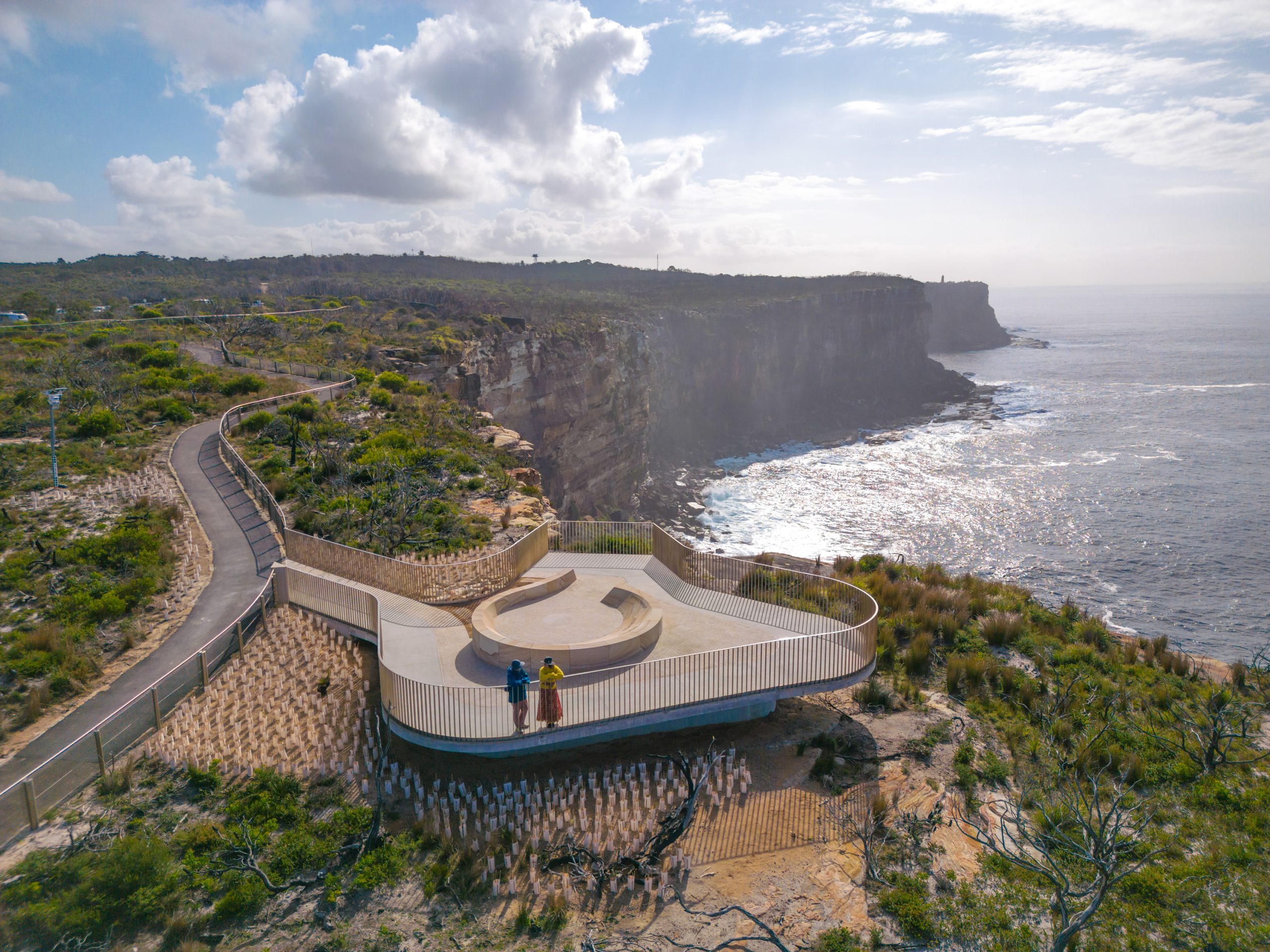Crash of TerraUSD Shakes Crypto. ‘There Was a Run on the Bank.’
The stablecoin, pledged to maintain a value of one dollar, plunged as low as 23 cents this week, showing cryptocurrencies’ vulnerability.
The cryptocurrency TerraUSD had one job: Maintain its value at $1 per coin.
Since it launched in 2020, it had mostly done that, rarely straying more than a fraction of a penny from its intended price. That made it an island of stability, a place where traders and investors could stash their funds in between forays into the otherwise frenzied crypto market.
This week TerraUSD became part of the frenzy too, slumping by more than a third on Monday and then tumbling as low as 23 cents on Wednesday.
The collapse saddled investors with billions of dollars in losses. It ricocheted back into other cryptocurrencies, helping drive down the price of bitcoin. Another stablecoin, tether, edged down to as low as 96 cents on Thursday before regaining its peg to the dollar. The stock price of the largest U.S. crypto exchange, Coinbase Global, has fallen more than 75% this year. It said on Tuesday that it was losing users and trading volume.
The crypto market has matured in recent years, running as a parallel financial system with its own version of banks and lending. These features attracted greater Wall Street engagement and venture investment, filling the coffers of crypto startups with cash. Crypto companies spent some of that cash on ad campaigns and lobbyists that painted the picture of an evolved market.
Yet TerraUSD’s plunge raises urgent questions about crypto developers’ ambitions to build a new form of finance. It shows that despite the hype, the nascent crypto system is still prone to the kinds of destabilizing bank runs that happen in the nondigital world.
TerraUSD’s outspoken creator, Do Kwon, directed that huge sums of money be spent to try to rescue his project. On Twitter, he tried to rally his followers.
“Terra’s return to form will be a sight to behold,” he wrote shortly after 6 a.m. Eastern time on Wednesday, when his stablecoin was trading at half its intended value. “We’re here to stay. And we’re gonna keep making noise.”
Stablecoins are a pillar of crypto’s parallel financial system. Crypto enthusiasts need to maintain a link to the government-backed currencies of traditional finance, where rent is due, cars are bought and bills are paid. But they want to trade and invest in cryptoland only, not in dollars or euros or pounds. So stablecoins act as a kind of reserve currency, an asset whose value everyone understands—and that shouldn’t change.
Professional traders and individual investors alike use stablecoins, and had stashed around $180 billion in them as of Tuesday. A trader might sell a bitcoin for TerraUSD, then use the TerraUSD to buy ether, another cryptocurrency, without ever touching a dollar or a bank account.
Crypto companies have sought to convince Congress that stablecoins are safe places for investors to put money. The TerraUSD collapse has shaken that assumption—and with it the idea that there could be any safe place in crypto.
Stablecoins attempt to resolve a conundrum: How can you make something stable in a volatile financial system?
Some stablecoins attempt to do this by holding safe assets such as Treasury bills in a kind of reserve account: For every stablecoin that is created, $1 in Treasury bills is put in the account. Redeem a stablecoin and $1 of Treasury bills comes out of the account.
TerraUSD has a more complex approach. It’s an algorithmic stablecoin that relies on financial engineering to maintain its link to the dollar.
Previous attempts at algorithmic stablecoins ended in failure when the peg collapsed. Mr. Kwon and his colleagues believed they had created a better version, less prone to runs.
Many crypto traders believed him, and TerraUSD’s popularity surged. Mr. Kwon suggested that the coin would become the dominant stablecoin and could ultimately supplant the dollar itself.
Despite having swelled to a size of more than $18 billion, TerraUSD crumbled in a matter of days.
“I understand the last 72 hours have been extremely tough on all of you,” Mr. Kwon tweeted on Wednesday, addressing his followers, who are known as “Lunatics” because of TerraUSD’s sister cryptocurrency, Luna. “I am resolved to work with every one of you to weather this crisis, and we will build our way out of this.”
Jim Greco, a partner at crypto quantitative investment firm F9 Research, was celebrating his birthday at Manhattan’s Le Bernardin on Saturday night when he got a message notifying him that TerraUSD had dropped below 99.5 cents.
He told his team to sell the coin, which had been part of F9’s broader stablecoin holdings. Later his firm made a profitable bet that the coin would keep falling, said Mr. Greco.
“We all knew it was going to fail eventually,” Mr. Greco said. “We just didn’t know what the catalyst would be.”
Traders said the catalyst for the drop, which began over the weekend and snowballed Monday, was a series of large withdrawals from Anchor Protocol, a kind of crypto bank created by developers at Mr. Kwon’s firm, Terraform Labs. Such platforms allow digital-currency investors to earn interest on their coins by lending them out.
Over the past year, Anchor had fueled interest in TerraUSD by offering lofty returns of nearly 20% on deposits of TerraUSD. That was far higher than the rates available in traditional dollar bank accounts, and more than what crypto investors could get from lending out other, more conventional stablecoins.
Anchor, like other crypto lending protocols, would lend the TerraUSD to borrowers that used the coins for various trading strategies or for earning built-in rewards that blockchain networks provide for processing transactions.
Critics, including crypto investors who have attacked Mr. Kwon on social media, questioned whether such yields were sustainable. Still, by late last week investors had deposited more than $14 billion of TerraUSD in Anchor, according to the platform’s website. The bulk of the stablecoin’s supply was parked in the Anchor platform.
Big transactions over the weekend knocked TerraUSD from its $1 value. The instability prompted investors to pull their TerraUSD from Anchor and sell the coin.
That, in turn, led more investors to withdraw from Anchor, creating a cascading effect of more withdrawals and more selling. TerraUSD deposits at Anchor fell to about $2 billion by Thursday, down 86% from their peak, the protocol’s website shows.
“There was a run on the bank,” said Michael Boroughs, managing partner of Fortis Digital Value LLC, a crypto hedge-fund firm.
Some crypto market observers claim TerraUSD was deliberately targeted. “This was a short attack,” said Ronald AngSiy, vice president at Intellabridge Technology Corp., a company that allows people earn interest on cash deposits by investing them in crypto.
This is how the stablecoin is supposed to work: If TerraUSD’s price dips below $1, traders can “burn” the coin—or permanently remove it from circulation—in exchange for $1 worth of new units of Luna. That should reduce the supply of TerraUSD and raise its price.
Conversely, if TerraUSD climbs above $1, traders can burn Luna and create new TerraUSD. That should increase supply of the stablecoin and lower its price back toward $1.
In theory, that means traders can make money when TerraUSD falls below $1 because they can buy the stablecoin at its depressed price and convert it into $1 of Luna. The idea is that the collective efforts of traders around the world keep TerraUSD in line with its dollar peg, while Luna acts as a shock absorber, buffering TerraUSD from volatility.
The system works only if traders actually want Luna. Investors did not want Luna when TerraUSD lost its peg this week. They sold Luna in a panic.
Luna lost nearly $20 billion in value as it surrendered nearly all its value in just a few days, according to data tracker CoinMarketCap. It had previously enjoyed a wild run-up over the past year as speculators bet on the continued adoption of TerraUSD.
“Once people lose confidence—and we’ve seen this before in money-market funds and commercial paper—they will run for the exits,” said Joe Abate, a research analyst at Barclays.
In a rush to get out, sellers of TerraUSD swamped buyers on big crypto exchanges, resulting in quotes for prices below $1 that spooked investors.
A spokesman for Terraform Labs said in an emailed statement that there were shortcomings in the infrastructure behind TerraUSD. “We’re currently working on a comprehensive strategy to rectify many of the existing points of vulnerability, which will be published publicly soon,” he said.
There was supposed to be a last line of defense. Mr. Kwon had sought to shield the stablecoin by amassing a huge war chest that could be used to defend its $1 peg, much as a central bank in an emerging-markets country might spend dollar reserves to protect its currency.
He co-founded a nonprofit called Luna Foundation Guard and announced earlier this year that it would buy up to $10 billion in bitcoin. Terraform Labs donated several billion dollars worth of Luna to seed the reserve fund.
By Tuesday, the fund had largely depleted its $3 billion in bitcoin and other cryptocurrency resources amid an emergency effort to salvage TerraUSD, according to the fund’s online data dashboard. The fund’s selling contributed to a sharp drop in bitcoin’s price, analysts and traders said.
Social-media forums devoted to Luna and TerraUSD have been filled with posts by investors upset about losses and debating whether Mr. Kwon can spearhead a turnaround.
He has pledged to fix TerraUSD, which is known by the ticker UST. In his series of tweets on Wednesday, he outlined technical steps that would help reduce the oversupply of the stablecoin, helping to bring it back up to $1.
The market’s confidence in TerraUSD will be shaken even if Mr. Kwon’s team succeeds in restoring the peg, said Mr. Boroughs of Fortis Digital Value. “It’s going to take a long time to bring back that trust.”
The TerraUSD crisis is a blow to the reputation of Mr. Kwon, a Stanford University graduate who worked at Apple Inc. and Microsoft Corp. before delving into crypto. He is an outspoken presence on social media, often assailing his critics in the crypto community.
“He will call anyone who questions him an idiot,” said Eric Wall, chief investment officer of Scandinavian crypto hedge fund Arcane Assets, who has clashed with Mr. Kwon online about Luna and TerraUSD.
A new father, Mr. Kwon named his infant daughter Luna, writing in a tweet after her birth last month: “My dearest creation named after my greatest invention.”
TerraUSD’s troubles could cast a shadow of doubt over stablecoins or shift customers to its competitors. One, USD Coin, has kept its link to the dollar during TerraUSD’s turbulence.
USD Coin and tether, the one that edged down to 96 cents before regaining its peg, are backed by financial assets. The companies say they have investments equivalent to the value of every stablecoin.
These stablecoins have their skeptics too, particularly tether, which has long been dogged by allegations that it isn’t fully backed. Some short-sellers have bet on a drop in tether. Traders have stepped up their bets against tether during the drama over TerraUSD, said Matt Ballensweig, co-head of trading and lending at crypto firm Genesis.
A spokesman for Tether Holdings Ltd., the company behind the stablecoin, said: “Tether is the most liquid stablecoin in the market and is 100% backed by a strong, conservative, and liquid reserve portfolio. Tether has withstood multiple ‘black swan’ events in cryptocurrency.” The spokesman added that the company has continued to process redemptions for its stablecoin during the market stress.
Current law doesn’t provide comprehensive standards for stablecoin issuers. The Biden administration has pressed Congress to pass legislation that would regulate the issuers of such assets similarly to banks.
Treasury Secretary Janet Yellen told Senate lawmakers on Tuesday that TerraUSD’s plunge has reinforced the administration’s concerns that stablecoins, including traditional asset-backed and algorithmic varieties, can be subject to investor stampedes, and that a regulatory framework is needed.
Many of the investors who rushed into trades involving TerraUSD and Luna likely didn’t know what they were getting into, said Martin Hiesboeck, head of blockchain and crypto research at digital money platform Uphold.
“You can have a bunch of developers writing an algorithm and they themselves might be 100% clear on how it works,” Mr. Hiesboeck said. “But your average crypto-crazy Joe does not read the…code. They don’t read the fine print.”
Reprinted by permission of The Wall Street Journal, Copyright 2021 Dow Jones & Company. Inc. All Rights Reserved Worldwide. Original date of publication: May 12, 2022.
 Copyright 2020, Dow Jones & Company, Inc. All Rights Reserved Worldwide. LEARN MORE
Copyright 2020, Dow Jones & Company, Inc. All Rights Reserved Worldwide. LEARN MORE
This stylish family home combines a classic palette and finishes with a flexible floorplan
Just 55 minutes from Sydney, make this your creative getaway located in the majestic Hawkesbury region.
Continued stagflation and cost of living pressures are causing couples to think twice about starting a family, new data has revealed, with long term impacts expected
Australia is in the midst of a ‘baby recession’ with preliminary estimates showing the number of births in 2023 fell by more than four percent to the lowest level since 2006, according to KPMG. The consultancy firm says this reflects the impact of cost-of-living pressures on the feasibility of younger Australians starting a family.
KPMG estimates that 289,100 babies were born in 2023. This compares to 300,684 babies in 2022 and 309,996 in 2021, according to the Australian Bureau of Statistics (ABS). KPMG urban economist Terry Rawnsley said weak economic growth often leads to a reduced number of births. In 2023, ABS data shows gross domestic product (GDP) fell to 1.5 percent. Despite the population growing by 2.5 percent in 2023, GDP on a per capita basis went into negative territory, down one percent over the 12 months.
“Birth rates provide insight into long-term population growth as well as the current confidence of Australian families,” said Mr Rawnsley. “We haven’t seen such a sharp drop in births in Australia since the period of economic stagflation in the 1970s, which coincided with the initial widespread adoption of the contraceptive pill.”
Mr Rawnsley said many Australian couples delayed starting a family while the pandemic played out in 2020. The number of births fell from 305,832 in 2019 to 294,369 in 2020. Then in 2021, strong employment and vast amounts of stimulus money, along with high household savings due to lockdowns, gave couples better financial means to have a baby. This led to a rebound in births.
However, the re-opening of the global economy in 2022 led to soaring inflation. By the start of 2023, the Australian consumer price index (CPI) had risen to its highest level since 1990 at 7.8 percent per annum. By that stage, the Reserve Bank had already commenced an aggressive rate-hiking strategy to fight inflation and had raised the cash rate every month between May and December 2022.
Five more rate hikes during 2023 put further pressure on couples with mortgages and put the brakes on family formation. “This combination of the pandemic and rapid economic changes explains the spike and subsequent sharp decline in birth rates we have observed over the past four years,” Mr Rawnsley said.
The impact of high costs of living on couples’ decision to have a baby is highlighted in births data for the capital cities. KPMG estimates there were 60,860 births in Sydney in 2023, down 8.6 percent from 2019. There were 56,270 births in Melbourne, down 7.3 percent. In Perth, there were 25,020 births, down 6 percent, while in Brisbane there were 30,250 births, down 4.3 percent. Canberra was the only capital city where there was no fall in the number of births in 2023 compared to 2019.
“CPI growth in Canberra has been slightly subdued compared to that in other major cities, and the economic outlook has remained strong,” Mr Rawnsley said. “This means families have not been hurting as much as those in other capital cities, and in turn, we’ve seen a stabilisation of births in the ACT.”
This stylish family home combines a classic palette and finishes with a flexible floorplan
Just 55 minutes from Sydney, make this your creative getaway located in the majestic Hawkesbury region.






















